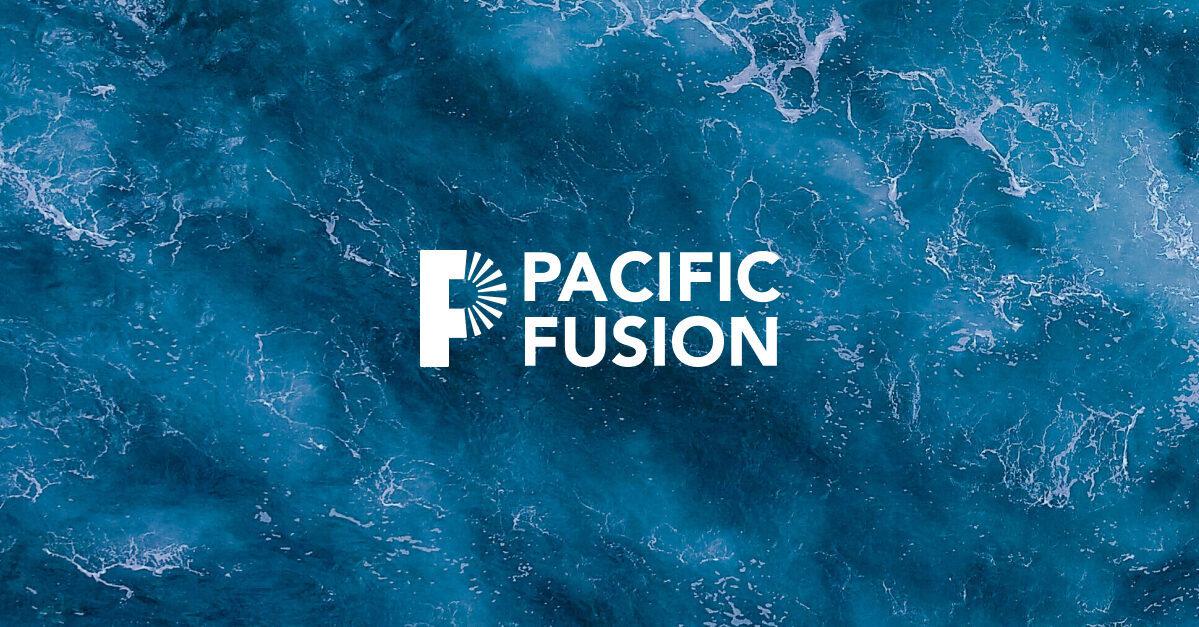George Washington and the Creation of our Republic
The untold story: How Washington's determination to build a canal led directly to the U.S. Constitution.

The City Council of Alameda, California has approved an Exclusive Negotiating Agreement with the company Pacific Fusion to pursue a plan to develop a site for a nuclear fusion test project in the near term. The support from the City Council and the public for the move on February 18th was enthusiastic. Despite the presence of the Lawrence Livermore National Lab in the county, Alameda’s energy approaches have previously only featured plans to advance solar power, carbon capture, and similar insufficient modes of power technology.
Pacific Fusion joins more than 40 other companies nationally developing concrete plans for near term fusion energy production and power plants, a nuclear power renaissance fully backed by President Donald Trump. According to Nuclear Newswire, its development team includes veterans from Lawrence Livermore’s successful inertial confinement experiments.

Pacific’s approach, however, is somewhat unique. It uses an inertial fusion geometry, compressing the fusion fuel with pulsed implosions, rather than a sustained magnetic field. The particular design is called magnetic liner fusion or fast liner fusion. Unlike many inertial fusion designs, MagLIF does not use lasers, but extremely intense pulses of electricity to magnetically compress the fuel which is contained within a small metal tube or liner. The design approach is modular and mobile, creating the basis for multiple applications, including in manufacturing.
Pacific Fusion plans to demonstrate “net facility gain”, producing more energy from a fusion blast than the stored energy producing the blast, by the end of the decade. Then they would move to building a demonstration plant for electric power production, within five years.
Magnetic liner fusion has an interesting history going back to the 1970’s. This technology has consistently been worked on by the nation’s Sandia Lab in Albuquerque. Early on, there was a potential for U.S-Soviet collaboration on this technology. The Soviets had a much more developed program, but the U.S. had a huge capacitor bank, thanks to the shutdown of another program at Sandia. The U.S. scientists were all in favor of going ahead with collaboration and so were the leaders of the U.S. intelligence community, but apparently someone at the top of the DOE kiboshed the deal.
Not only that, but under British pressure, the entire U.S. MagLIF program was put under classification wraps. This stifled the program for many years.
Fortunately MagLIF was kept alive at Sandia. Pacific is banking on a pulser using impedance-matched Marx generator (IMG) technology (invented in 2017 and “demonstrated in action at Lawrence Livermore in 2022”) to deliver an intense, 100-nanosecond burst of energy by accounting for electromagnetic-wave propagation and “stacking waves,” as opposed to the “stacking voltage” approach of conventional pulser technology. With IMG, internally reflected waves cancel, leaving only forward-going waves, according to a technical paper produced by Pacific Fusion concerning its approach.
You can see how this innovative approach works by going to Pacific Fusion’s website.

Get our free newsletter. Zero Spam.